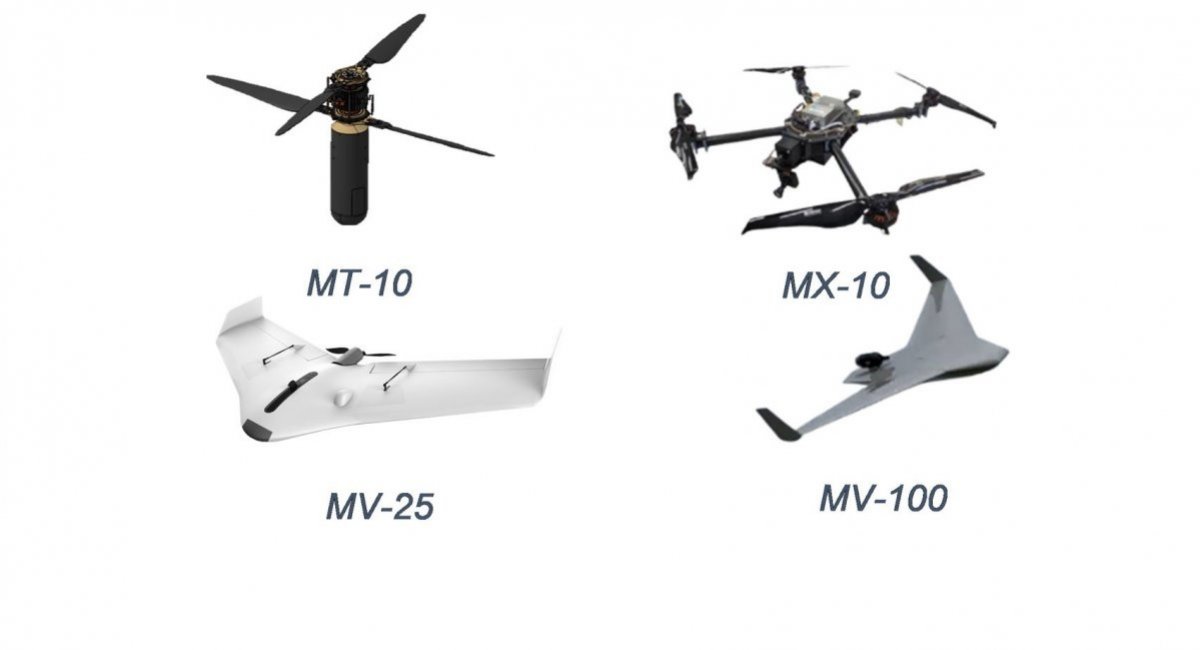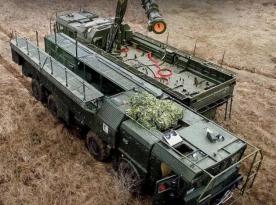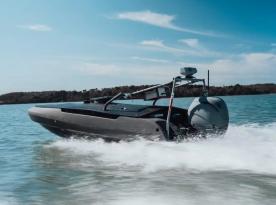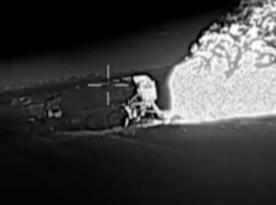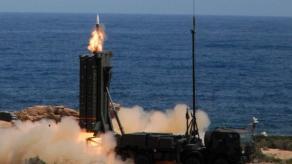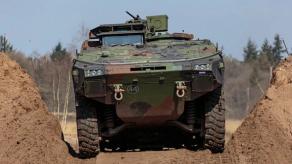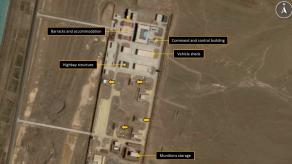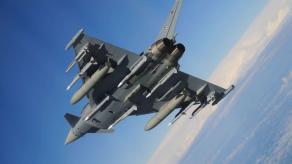The French offshoot of pan-European defense industry giant, KNDS France (formerly Nexter) reported that it had finalized the line of kamikaze drones developed under the Mataris project, all presented at the IDEX-2025 military exhibition and conference currently taking place in the UAE.
Simultaneously with the demonstration of new kamikaze drones, the company has changed the names of previously presented products, updated and specified their technical characteristics compared to the last demonstration in June 2024. Now, all short-, medium- and long-range drones have similar designations for simplicity: MT-10, MX-10, MV-25, and MV-100. Noteworthy, KNDS France developed the drones in close cooperation with Delair and EOS Technologie.
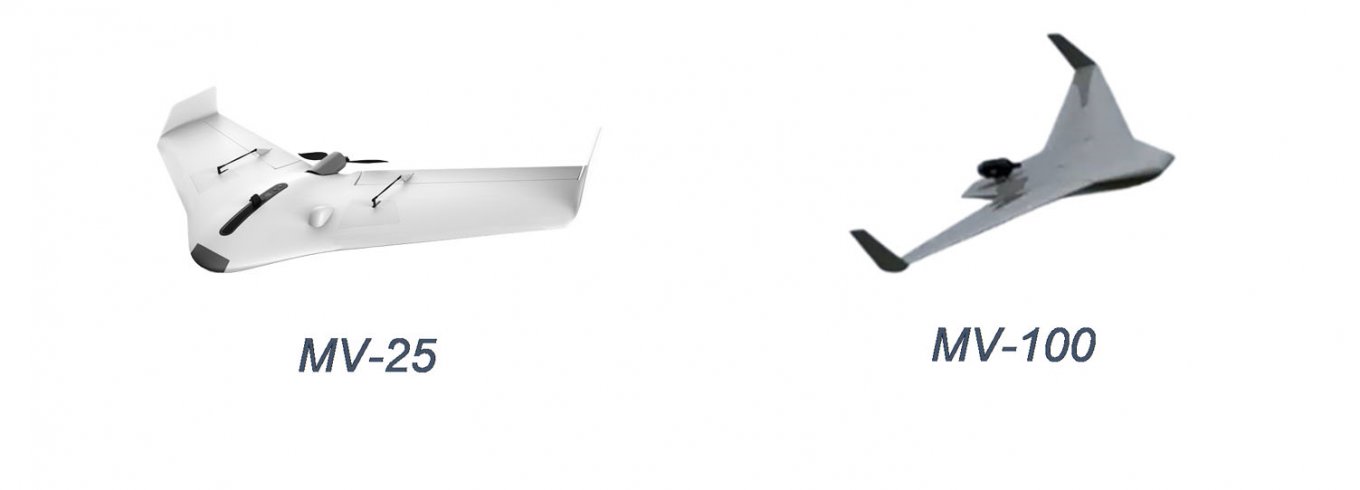
MV-100 is the former Larinae; it features a jet engine and a warhead weighing 2.5 kg (previously declared 3 kg). The communication range is 100 km, as the name suggests, with endurance to stay up in the air for 3 hours flying at a 400 km/h speed.
MV-25 was known as the Colibri; it has an electric motor, a range of 25 km, flies for up to 40 minutes (down from 45 min declared earlier), and carries a 0.55 kg warhead (updated from 2.3 kg).
For a reminder, the Colibri, now MV-25, is supplied to Ukraine as part of defense assistance from France. French Defense Minister Sebastian Lecornu announced this provision in October 2024, and the first batch was supposed to arrive by the end of 2024, yet unconfirmed.
The new kamikaze drones KNDS France introduced are vertical takeoff loitering munitions designed for short-range engagements. The MT-10 is a twin-rotor drone, while the MX-10 is a traditional quadcopter. They have the same specifications: a range of 10 km, a flight time of 40 minutes, and a high-explosive fragmentation warhead with remote detonation weighing 0.55 kg.
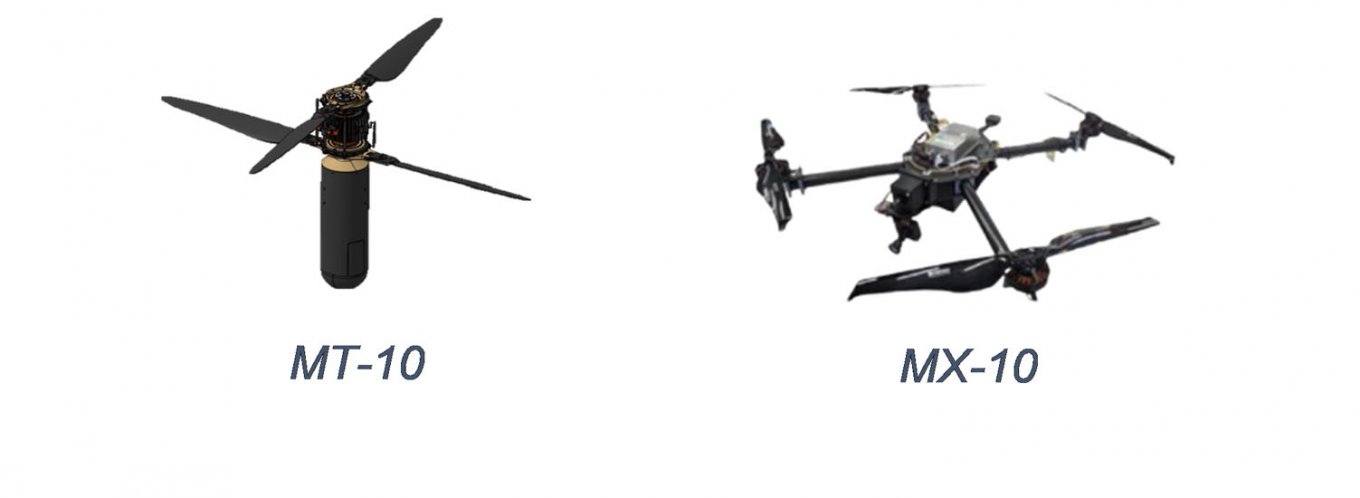
As reported by Opex360, the MX-10 has already been commissioned by the French ground forces: 460 systems are to be delivered by July 2026. The article says the French Armed Forces will receive 1,800 kamikaze drones in total from 2026 to 2030. However, "there's no question" about creating a stockpile of these drones because drone technologies are constantly evolving at a rapid pace.
That is why the French Ministry of Defense ordered a limited batch only for training and a minimum reserve which allows it to sustain the current production rate and expand it to larger volumes if necessary. That is, understanding how quickly these technologies fall behind the modern warfare realities, Paris made a paradoxically forward-thinking decision.



